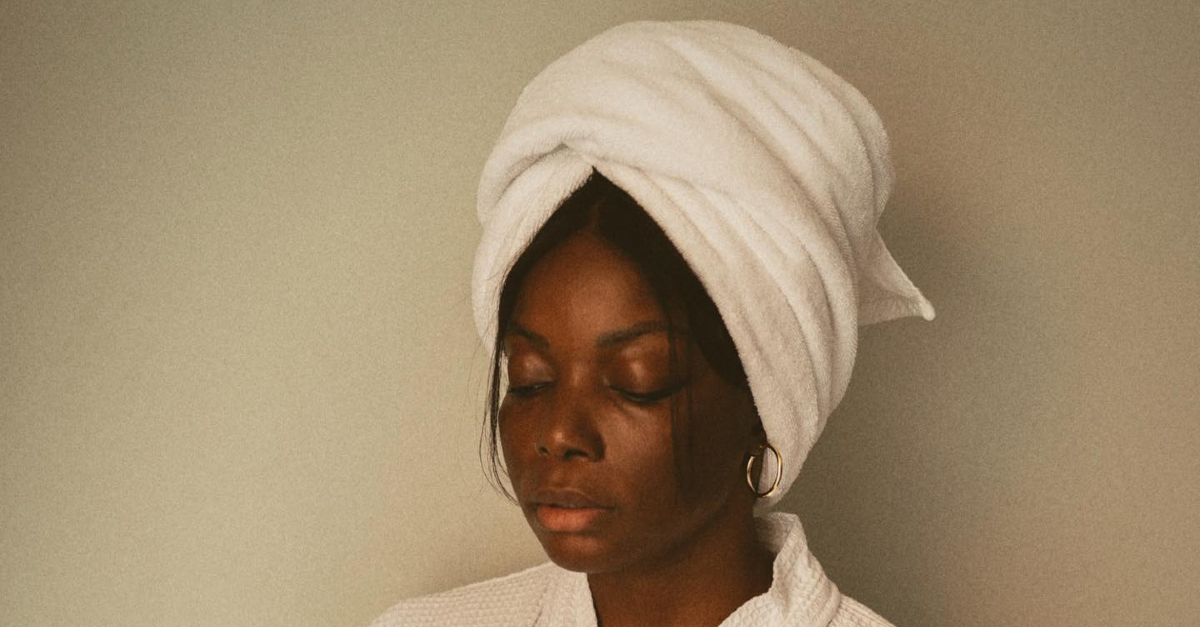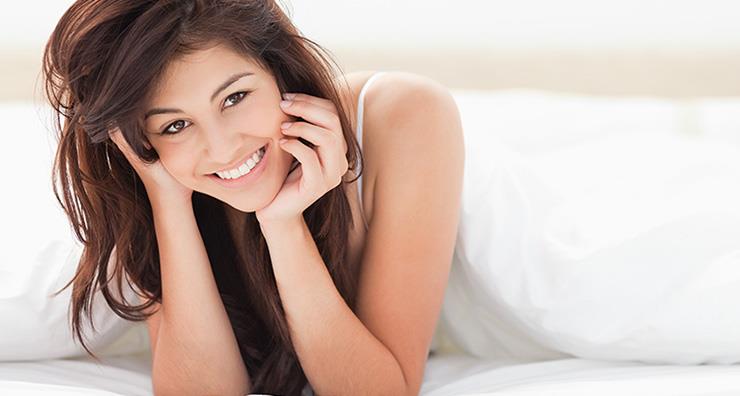The Best Scalp Treatments for Hair Loss
Are you experiencing hair thinning or hair loss? At hairy.cartlab.web.id, we understand the frustration and concern this can cause. Hair loss affects millions, and while genetics play a significant role, lifestyle factors and scalp health are crucial elements in maintaining a healthy head of hair. This comprehensive guide explores the best scalp treatments available to combat hair loss, offering insights into their mechanisms, benefits, and potential drawbacks. We’ll delve into various options, from over-the-counter solutions to professional treatments, empowering you to make informed decisions about your hair care routine.
Hair loss can stem from various factors, including hormonal imbalances, nutritional deficiencies, stress, and underlying medical conditions. Addressing these root causes is often the first step in effective treatment. However, improving scalp health is equally vital, as a healthy scalp provides the ideal environment for hair follicles to thrive. This article will equip you with the knowledge to identify the best scalp treatment approach for your specific needs and hair type. Remember, consistency is key when it comes to seeing results, so be patient and persistent in your chosen treatment regimen.
Before embarking on any new hair loss treatment, it’s crucial to consult with a dermatologist or trichologist. They can accurately diagnose the cause of your hair loss, rule out any underlying medical conditions, and recommend the most appropriate course of action tailored to your individual circumstances. While the treatments discussed here are generally safe and effective, professional guidance ensures you’re using them correctly and achieving optimal results. Let’s explore the world of scalp treatments and discover the path to healthier, fuller hair.

1. Minoxidil (Rogaine): A Topical Treatment for Hair Loss

Minoxidil is an over-the-counter topical medication widely used to treat androgenetic alopecia (male and female pattern baldness). It’s believed to work by widening blood vessels in the scalp, increasing blood flow to hair follicles and stimulating hair growth. Minoxidil comes in different formulations, including liquids and foams, with varying concentrations (2% and 5%). The 5% concentration is generally more effective for men, while the 2% is often preferred for women.
- Benefits: Widely available, relatively inexpensive, proven effectiveness for some individuals.
- Drawbacks: Requires consistent daily application for several months to see results. Results may not be permanent, and hair loss may resume upon discontinuation. Some users experience scalp irritation or unwanted hair growth on other parts of the body.
While Minoxidil can be a valuable tool in the fight against hair loss, it’s important to remember that it’s not a miracle cure. It’s most effective when used consistently and in conjunction with other healthy hair care practices. For those struggling with styling, consider exploring different options such as the best heat protectant sprays for your hair to minimize damage.
2. Scalp Massages: Stimulating Hair Growth Naturally

Scalp massages are a simple yet effective method to promote hair growth. The gentle pressure and manipulation stimulate blood circulation to the hair follicles, delivering essential nutrients and oxygen. This increased blood flow can nourish the hair follicles, encouraging growth and preventing hair loss. Regular scalp massages can also help reduce stress, which is a known contributor to hair loss.
- Benefits: Cost-effective, relaxing, can be done at home, improves blood circulation.
- Drawbacks: May not be effective on its own for significant hair loss; best used in conjunction with other treatments. Requires consistency for noticeable results.
You can perform scalp massages yourself using your fingertips, focusing on circular motions. Alternatively, you can use a scalp massager tool for a more intense experience. Combine this with a healthy diet and lifestyle for optimal results.
3. Essential Oils: Natural Remedies for Hair Loss

Several essential oils are touted for their potential benefits in promoting hair growth and improving scalp health. These include rosemary, lavender, peppermint, and tea tree oil. These oils are believed to stimulate hair follicles, improve blood circulation, and possess antimicrobial properties to combat scalp infections. However, it’s crucial to note that more research is needed to confirm their effectiveness.
- Benefits: Natural, readily available, pleasant aroma.
- Drawbacks: Effectiveness is not fully established, may cause allergic reactions in some individuals. Always dilute essential oils with a carrier oil (like coconut or jojoba oil) before applying to the scalp.
4. Platelet-Rich Plasma (PRP) Therapy: A Regenerative Approach

PRP therapy is a minimally invasive procedure that involves injecting concentrated platelet-rich plasma from your own blood into the scalp. Platelets contain growth factors that stimulate hair follicle regeneration and promote hair growth. This treatment is often used for androgenetic alopecia and other types of hair loss.
- Benefits: Uses your own blood, minimal side effects, may stimulate significant hair growth.
- Drawbacks: Can be expensive, requires multiple sessions, results may vary. Not suitable for everyone.
PRP therapy is a more advanced and costly treatment compared to the previous options. Consult with a dermatologist or hair restoration specialist to determine if it’s a suitable option for you. This is a medical procedure, and it’s crucial to choose a qualified and experienced practitioner.
5. Low-Level Laser Therapy (LLLT): Stimulating Follicles with Light

Low-level laser therapy (LLLT), also known as red light therapy, uses low-level lasers or LEDs to stimulate hair follicles and promote hair growth. The light energy is believed to increase cellular activity and improve blood circulation in the scalp. LLLT is a non-invasive treatment that can be performed at home or in a clinic.
- Benefits: Non-invasive, painless, may improve hair growth and thickness.
- Drawbacks: Requires consistent use for several months to see results, effectiveness may vary depending on the individual and the device used. The cost of devices can vary significantly.
Choosing the right best scalp treatments for hair loss depends on several factors, including the cause of your hair loss, your budget, and your personal preferences. Remember to consult with a healthcare professional before starting any new treatment regimen. For those interested in enhancing their overall hair appearance, explore the best 10 hairstyles for oval face shapes to find the perfect style to complement your features. And for those considering a change of color, check out the best blonde shades for 2024 to find your ideal look.
Conclusion:
Finding the right approach to managing hair loss can be a journey of discovery. By understanding the different scalp treatments available and their potential benefits and drawbacks, you can make informed decisions to support your hair health. Remember, consistency is key, and a holistic approach that combines healthy lifestyle choices with targeted treatments often yields the best results. For more information and to explore effective solutions, visit The Best Scalp Treatments for Hair Loss.
(Note: This article provides general information and should not be considered medical advice. Always consult with a healthcare professional before starting any new treatment for hair loss.)
(External Authority Links – These would need to be replaced with actual relevant links):
- American Academy of Dermatology on Hair Loss
- National Institutes of Health on Hair Loss
- A reputable journal article on a specific scalp treatment









Comments